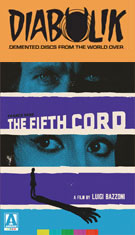

 that classic scene in The Bird with the Crystal Plumage
that classic scene in The Bird with the Crystal Plumage  where a victim-to-be ascends a dark staircase in her apartment building, lit only by a flickering candle in her hand? Ever want to see an entire movie shot so beautifully? Well, The Fifth Cord is about the closest thing possible thanks to the same cinematographer, the great Vittorio Storaro (1900, Apocalypse Now), who drenches this eccentric, often fascinating giallo in enough visual style to fuel a dozen other thrillers.
where a victim-to-be ascends a dark staircase in her apartment building, lit only by a flickering candle in her hand? Ever want to see an entire movie shot so beautifully? Well, The Fifth Cord is about the closest thing possible thanks to the same cinematographer, the great Vittorio Storaro (1900, Apocalypse Now), who drenches this eccentric, often fascinating giallo in enough visual style to fuel a dozen other thrillers. 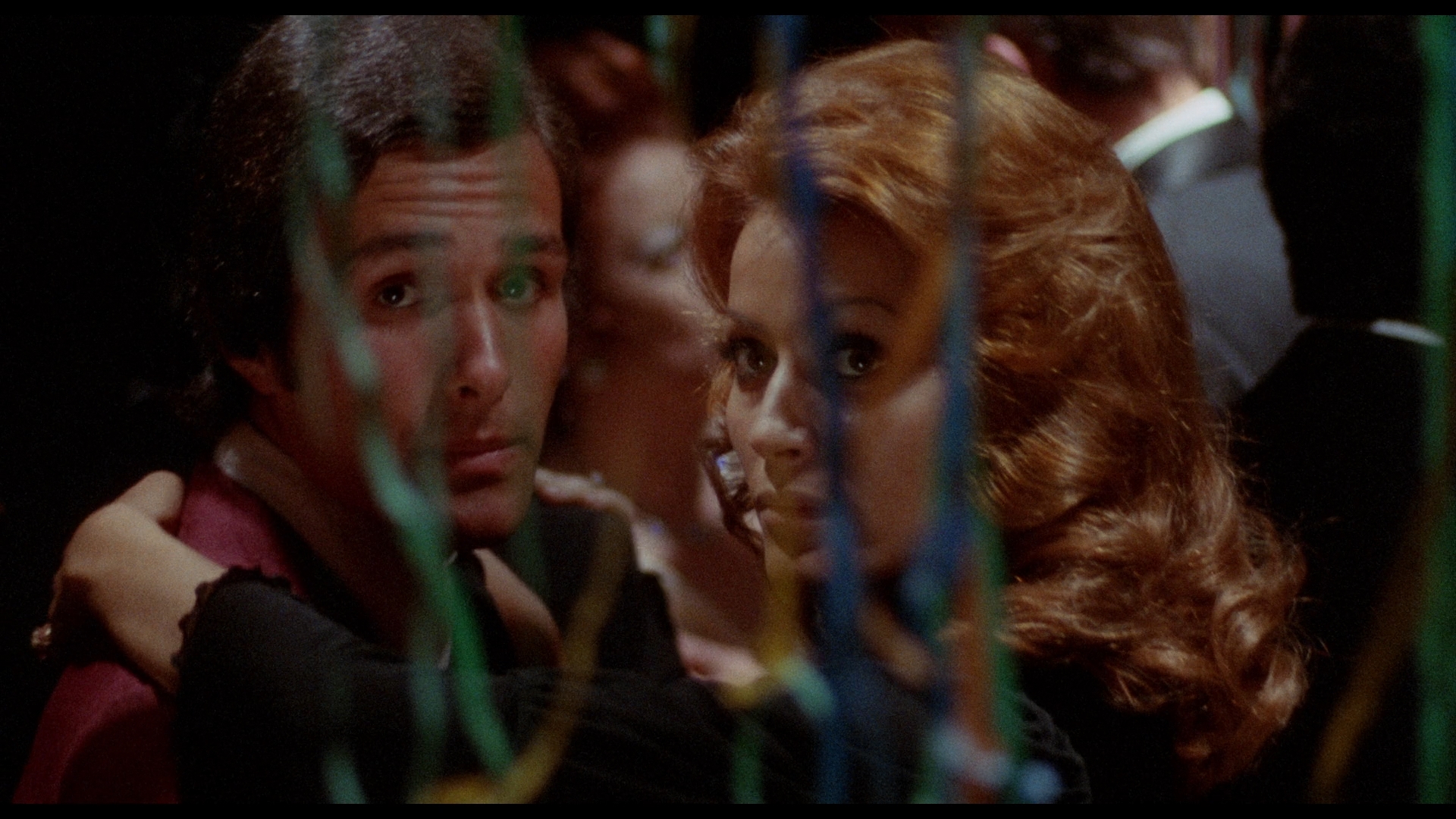 stare to convey his character's turmoil, with Storaro's savvy use of the color blue in most of his solitary scenes nicely enhancing the effect.
stare to convey his character's turmoil, with Storaro's savvy use of the color blue in most of his solitary scenes nicely enhancing the effect.  Ennio Morricone also provides a haunting score whose brief groovy punctuations offer a brief reprieve from the generally somber tone. Plenty of familiar Eurocult faces pop up including Sleepless' Rosella Falk (who gets the most protracted suspense sequence as a imperiled invalid), Five Dolls for an August Moon's Ira von Fürstenberg, and of course, German crime film regular Wolfgang Preiss. You also get Pamela Tiffin and Pieces' Edmund Purdom, because why not? However, the real star here is Storaro, who conjures up a creepy visual universe unlike any seen before, building the revolutionary ideas of color and framing from his work on Bernardo Bertolucci's The Conformist and taking them to new aesthetic extremes. Their creativity results in some truly jolting moments throughout the film, climaxing in one of the most terrifying sequences in the entire giallo canon involving a young child alone at home. And that's all that'll be spoiled about that bit. Afterwards both Bazzoni and Storaro would team up one more time for a final thriller, Footprints, which is just as sumptuous to behold.
Ennio Morricone also provides a haunting score whose brief groovy punctuations offer a brief reprieve from the generally somber tone. Plenty of familiar Eurocult faces pop up including Sleepless' Rosella Falk (who gets the most protracted suspense sequence as a imperiled invalid), Five Dolls for an August Moon's Ira von Fürstenberg, and of course, German crime film regular Wolfgang Preiss. You also get Pamela Tiffin and Pieces' Edmund Purdom, because why not? However, the real star here is Storaro, who conjures up a creepy visual universe unlike any seen before, building the revolutionary ideas of color and framing from his work on Bernardo Bertolucci's The Conformist and taking them to new aesthetic extremes. Their creativity results in some truly jolting moments throughout the film, climaxing in one of the most terrifying sequences in the entire giallo canon involving a young child alone at home. And that's all that'll be spoiled about that bit. Afterwards both Bazzoni and Storaro would team up one more time for a final thriller, Footprints, which is just as sumptuous to behold. 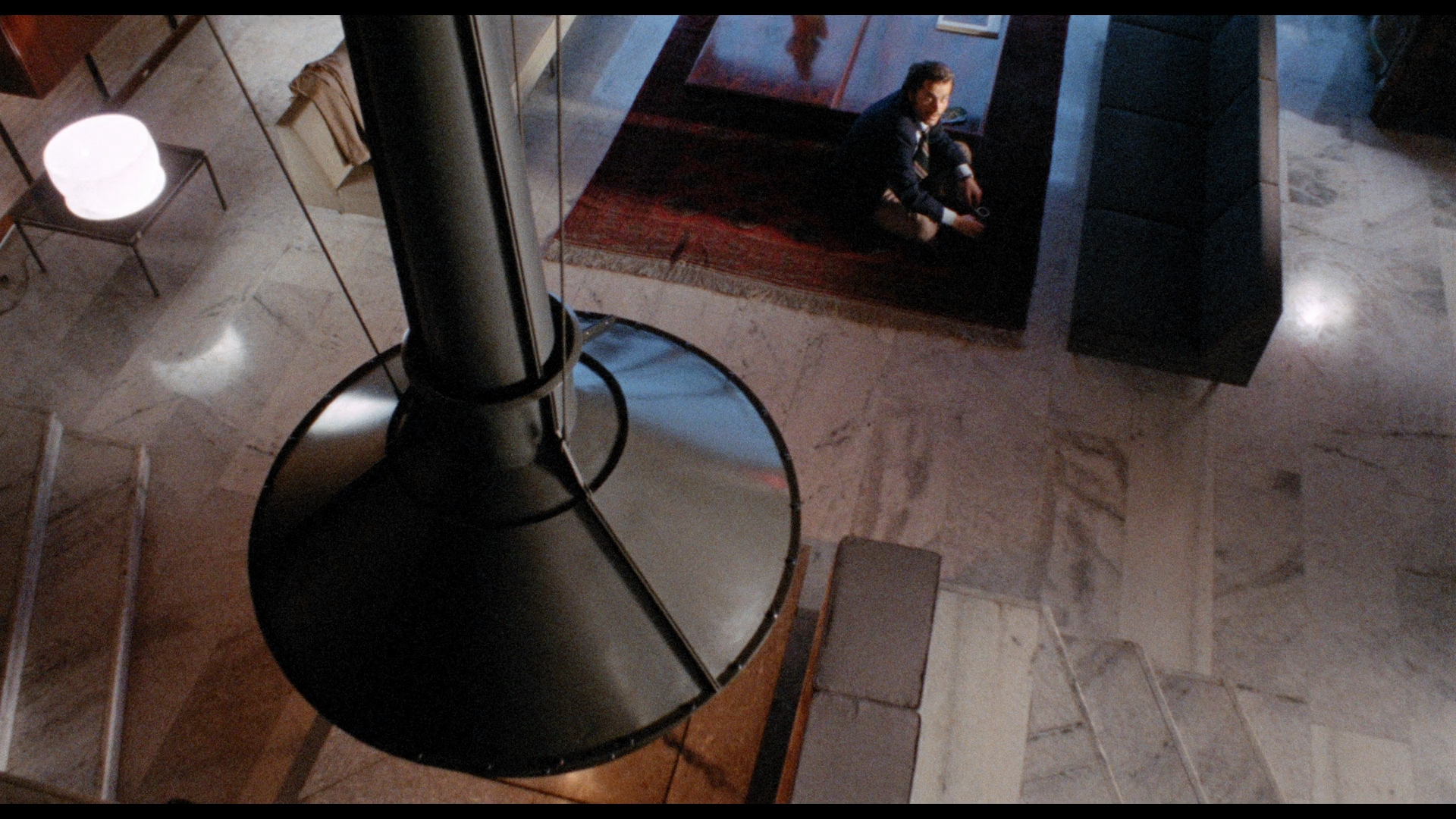
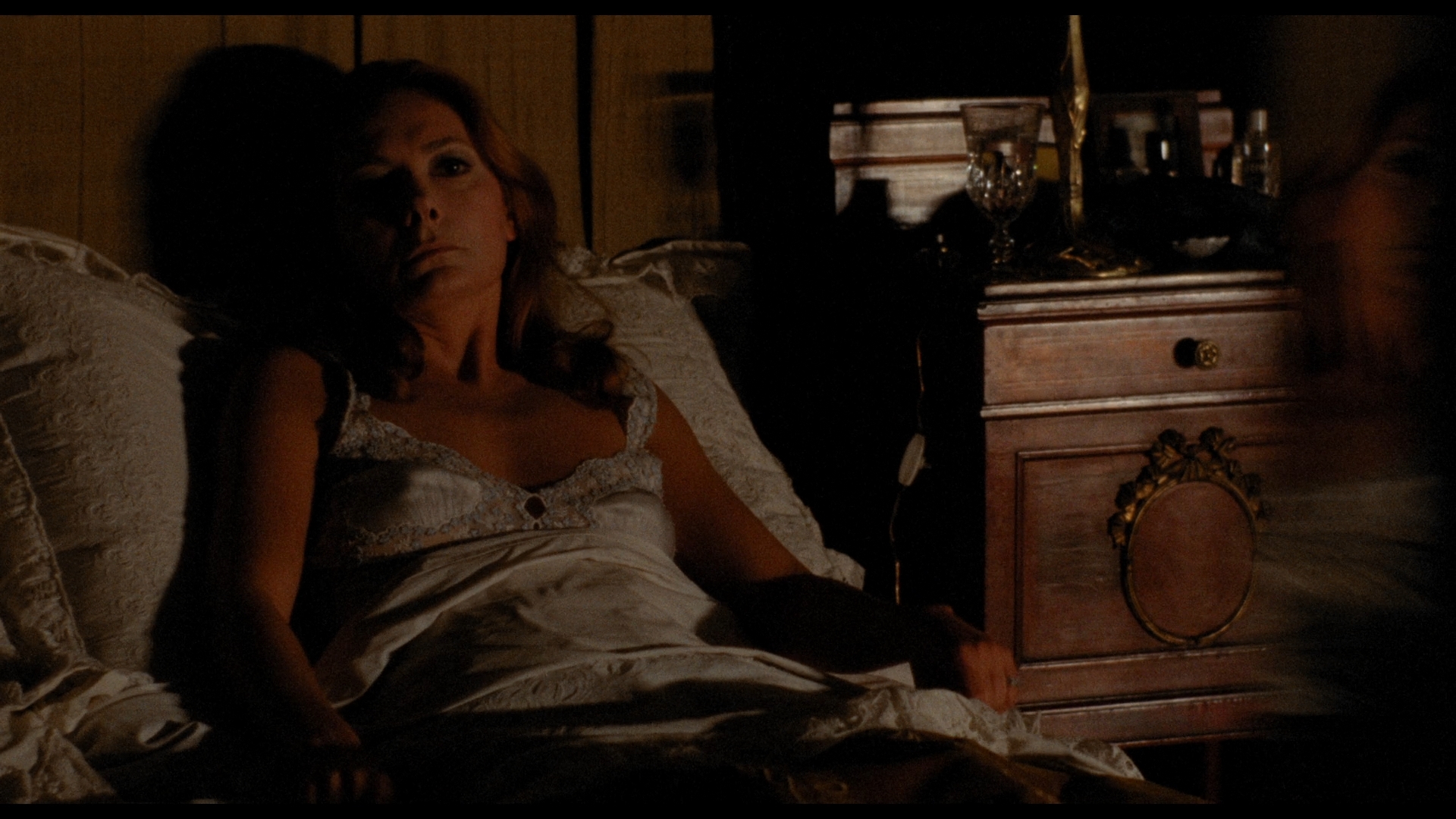 quality here are excellent throughout, and the English soundtrack is fortunately the preferable one as it matches the lip movements of most of the performers, with Nero typically providing his own post-synch dialogue. Extras include a striking theatrical trailer which nicely captures the dark look of the feature itself, plus a solid featurette, "Giornata Nera" ("Black Day") (15m54s), which lifts its name from this film's original (and awkward) Italian title, Giornata nera per l'ariete ("Black Day for an Aries"). Nero and Storaro offer their contemporary memories of making the film, with the former talking more technically about the shooting conditions while the latter focuses on the aesthetic objectives for himself and the director.
quality here are excellent throughout, and the English soundtrack is fortunately the preferable one as it matches the lip movements of most of the performers, with Nero typically providing his own post-synch dialogue. Extras include a striking theatrical trailer which nicely captures the dark look of the feature itself, plus a solid featurette, "Giornata Nera" ("Black Day") (15m54s), which lifts its name from this film's original (and awkward) Italian title, Giornata nera per l'ariete ("Black Day for an Aries"). Nero and Storaro offer their contemporary memories of making the film, with the former talking more technically about the shooting conditions while the latter focuses on the aesthetic objectives for himself and the director.  (with optional English SDH subtitles), and now you can finally watch it in Italian with optional (properly translated) English subtitles,
(with optional English SDH subtitles), and now you can finally watch it in Italian with optional (properly translated) English subtitles, 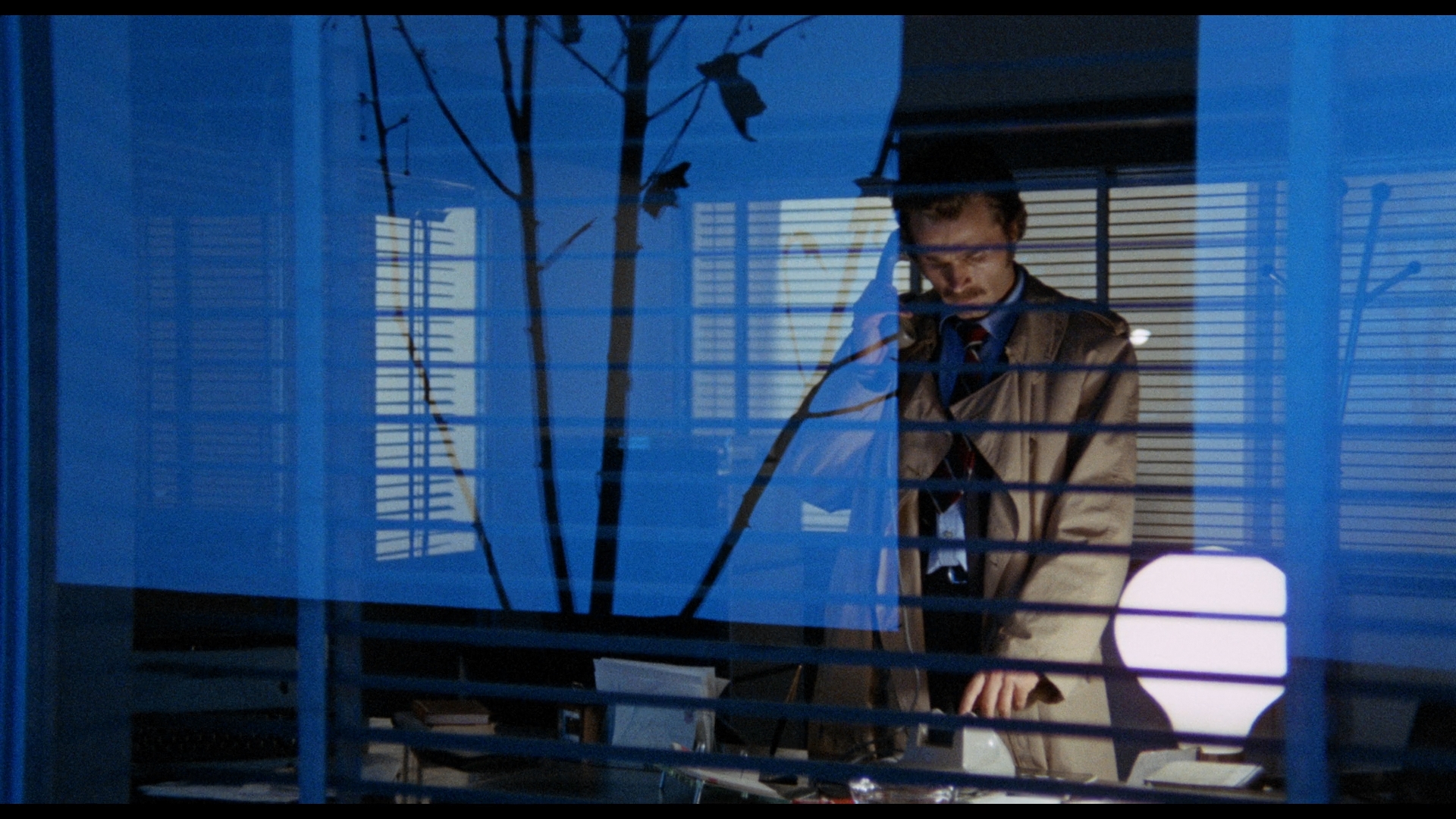 too. While the English is still the more faithful option to the actors' performances, the Italian one is fascinating and features some effective variations, in particular the killer's much creepier camouflaged voice. The choice of language options also gives you either the English or Italian opening titles, which have some timing variations (the Italian version clocks in ten seconds shorter) with markedly different fonts. A new audio commentary by critic Travis Crawford is an appreciate guide to the film as well as a thorough overview of Bazzoni's career with attention given to most of his other films. He also dives into all things Nero, Storaro, and just about everything else you could want to hear. (But Travis, ya gotta see Brothers Blue. It's something else!)
too. While the English is still the more faithful option to the actors' performances, the Italian one is fascinating and features some effective variations, in particular the killer's much creepier camouflaged voice. The choice of language options also gives you either the English or Italian opening titles, which have some timing variations (the Italian version clocks in ten seconds shorter) with markedly different fonts. A new audio commentary by critic Travis Crawford is an appreciate guide to the film as well as a thorough overview of Bazzoni's career with attention given to most of his other films. He also dives into all things Nero, Storaro, and just about everything else you could want to hear. (But Travis, ya gotta see Brothers Blue. It's something else!) source for these types of films), the progressive nature of Silvia Monti's female lead, and one of the more contentious plot elements
source for these types of films), the progressive nature of Silvia Monti's female lead, and one of the more contentious plot elements  involved in the killer's motive. Nero himself turns up in "Black Day for Nero" (23m34s), displaying immense pride in the film's "great class" and recalling his reunion with Django producer Manolo Bolgonini as well as his longstanding friendship with Bazzoni and Storaro. His aside about product placement is interesting, too, and explains why he's se en swigging a bottle of J&B in one drunken moment. Finally "The Rhythm Section" (21m27s) features film editor Eugenio Alabiso recalling the extremely high caliber of the talent involved on both sides of the camera as well as the techniques involving film speed and editing to keep the audience involved and trying to guess the killer's identity. He also has a handful of anecdotes about Bolognini, who was originally set to direct. A "rare, previously unseen deleted sequence, restored from the original negative" (2m35s) is a wordless, Morricone-scored montage of the key characters going about their daily business, including a bit on bonus nudity. Finally the disc rounds out with an image gallery and the very stylish English and Italian theatrical trailers, while the the disc itself comes with reversible cover options (including a new design by Haunt Love) and, in the first pressing only, a liner notes booklet with essays by Kat Ellinger and Peter Jilmstad.
involved in the killer's motive. Nero himself turns up in "Black Day for Nero" (23m34s), displaying immense pride in the film's "great class" and recalling his reunion with Django producer Manolo Bolgonini as well as his longstanding friendship with Bazzoni and Storaro. His aside about product placement is interesting, too, and explains why he's se en swigging a bottle of J&B in one drunken moment. Finally "The Rhythm Section" (21m27s) features film editor Eugenio Alabiso recalling the extremely high caliber of the talent involved on both sides of the camera as well as the techniques involving film speed and editing to keep the audience involved and trying to guess the killer's identity. He also has a handful of anecdotes about Bolognini, who was originally set to direct. A "rare, previously unseen deleted sequence, restored from the original negative" (2m35s) is a wordless, Morricone-scored montage of the key characters going about their daily business, including a bit on bonus nudity. Finally the disc rounds out with an image gallery and the very stylish English and Italian theatrical trailers, while the the disc itself comes with reversible cover options (including a new design by Haunt Love) and, in the first pressing only, a liner notes booklet with essays by Kat Ellinger and Peter Jilmstad. ARROW VIDEO (Blu-ray)
BLUE UNDERGROUND (DVD)
![]()